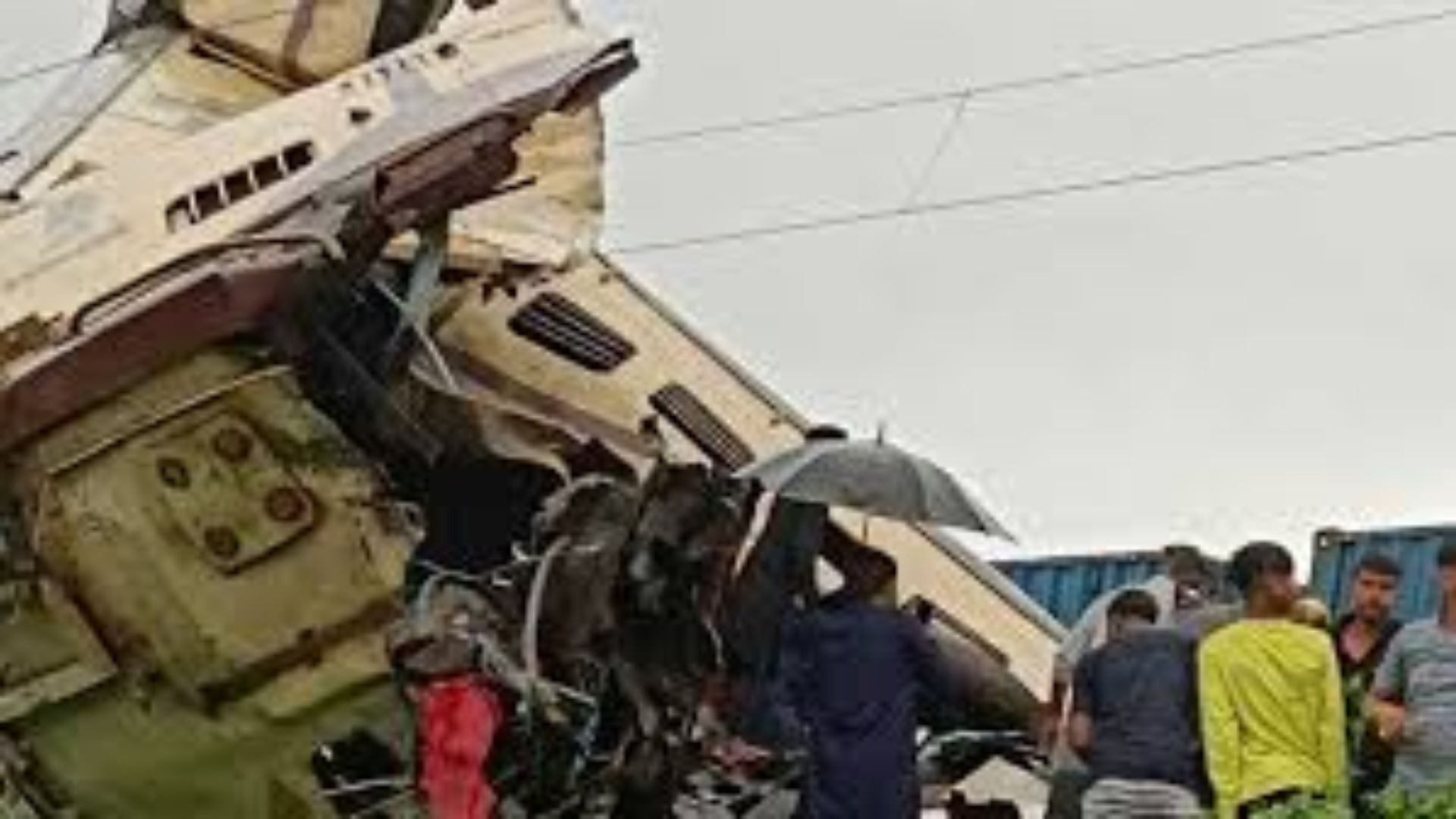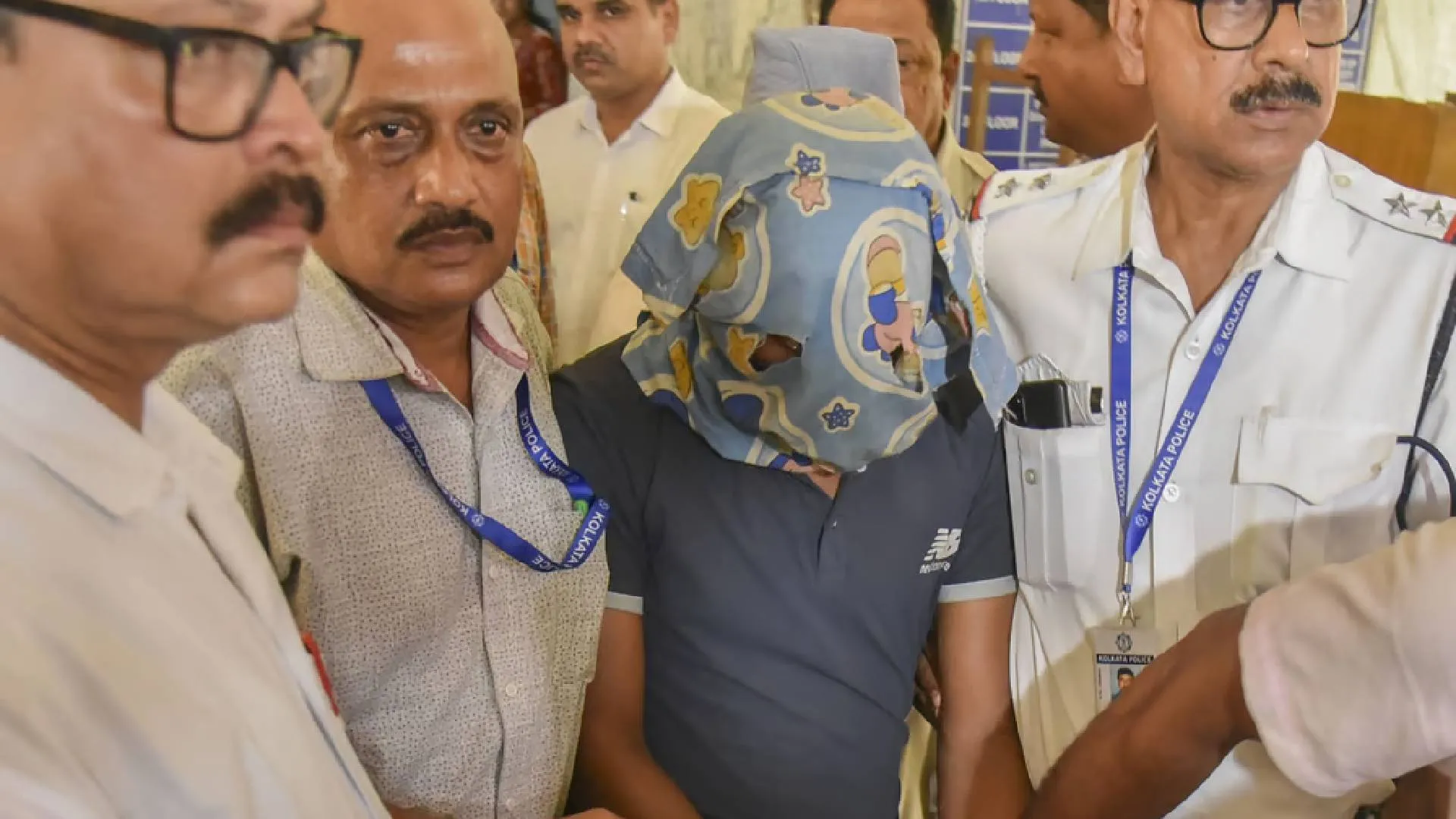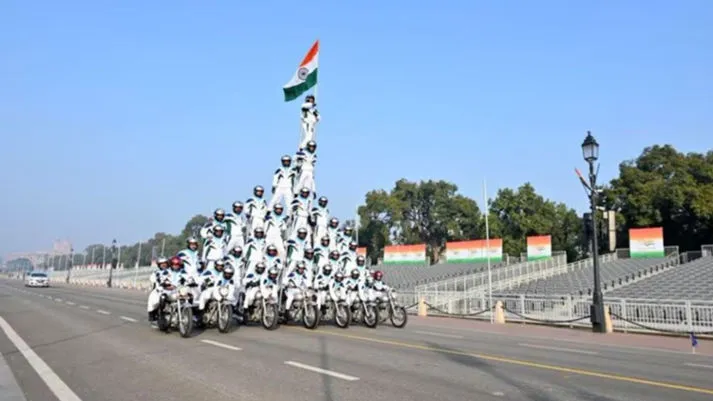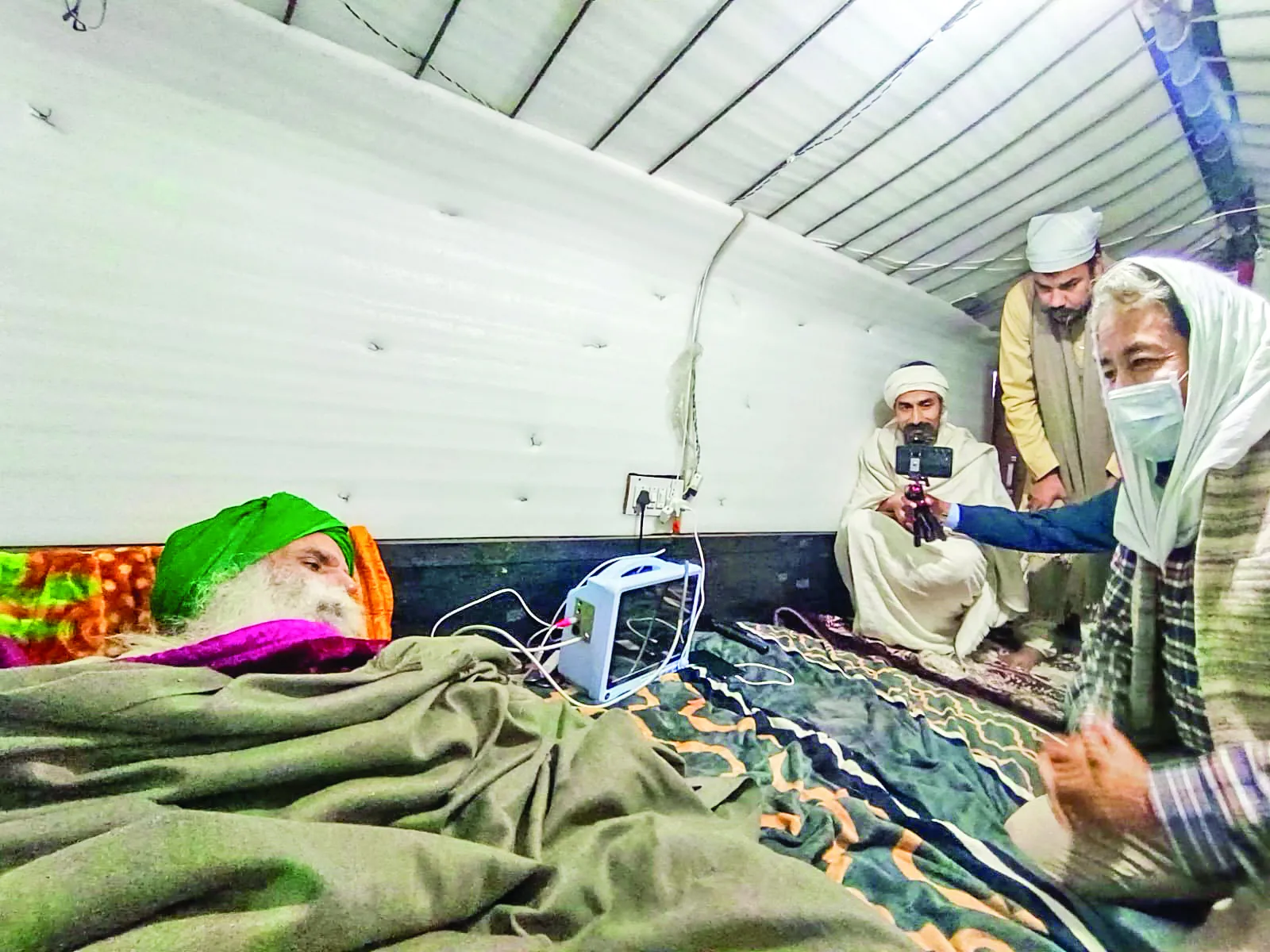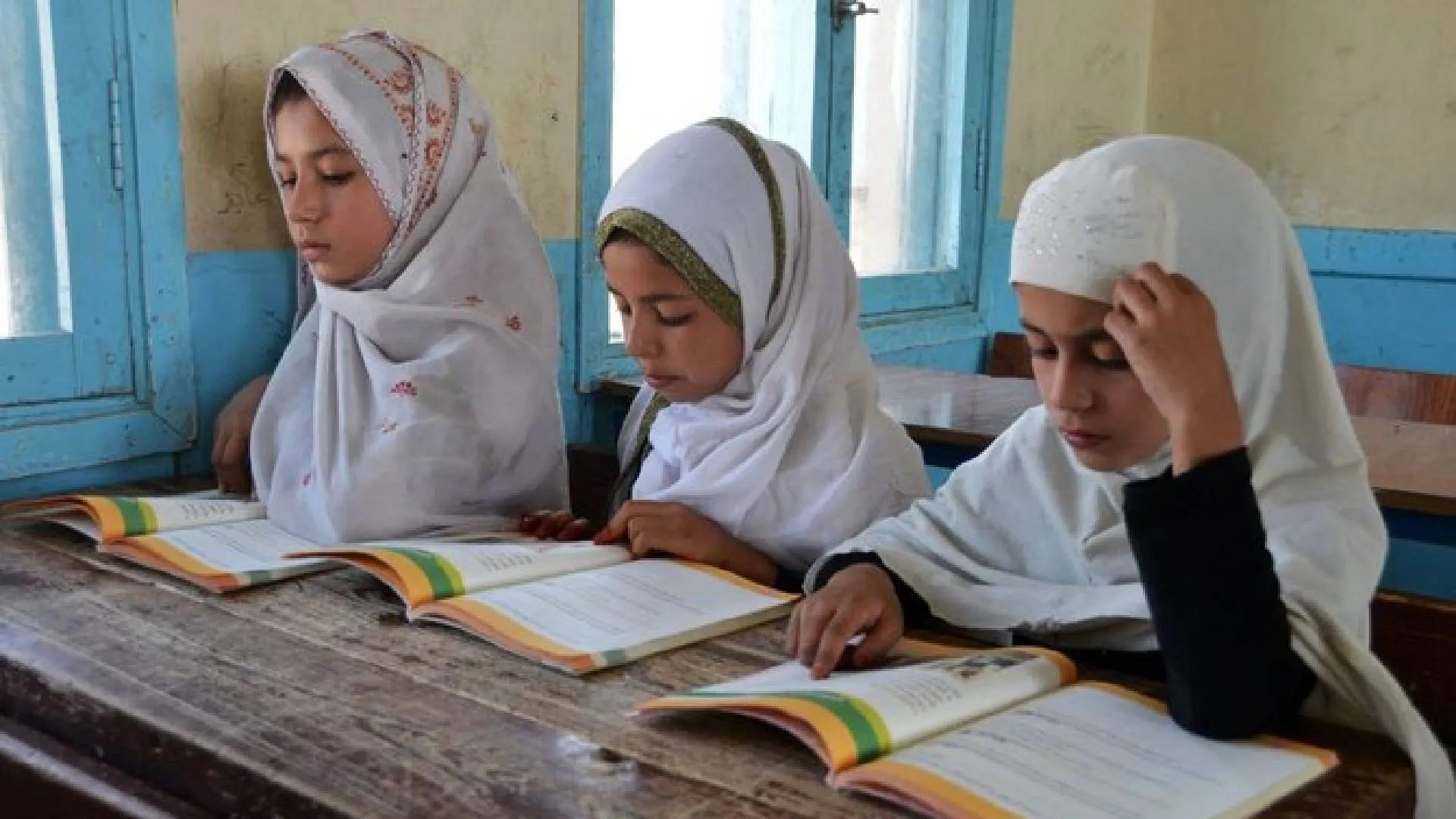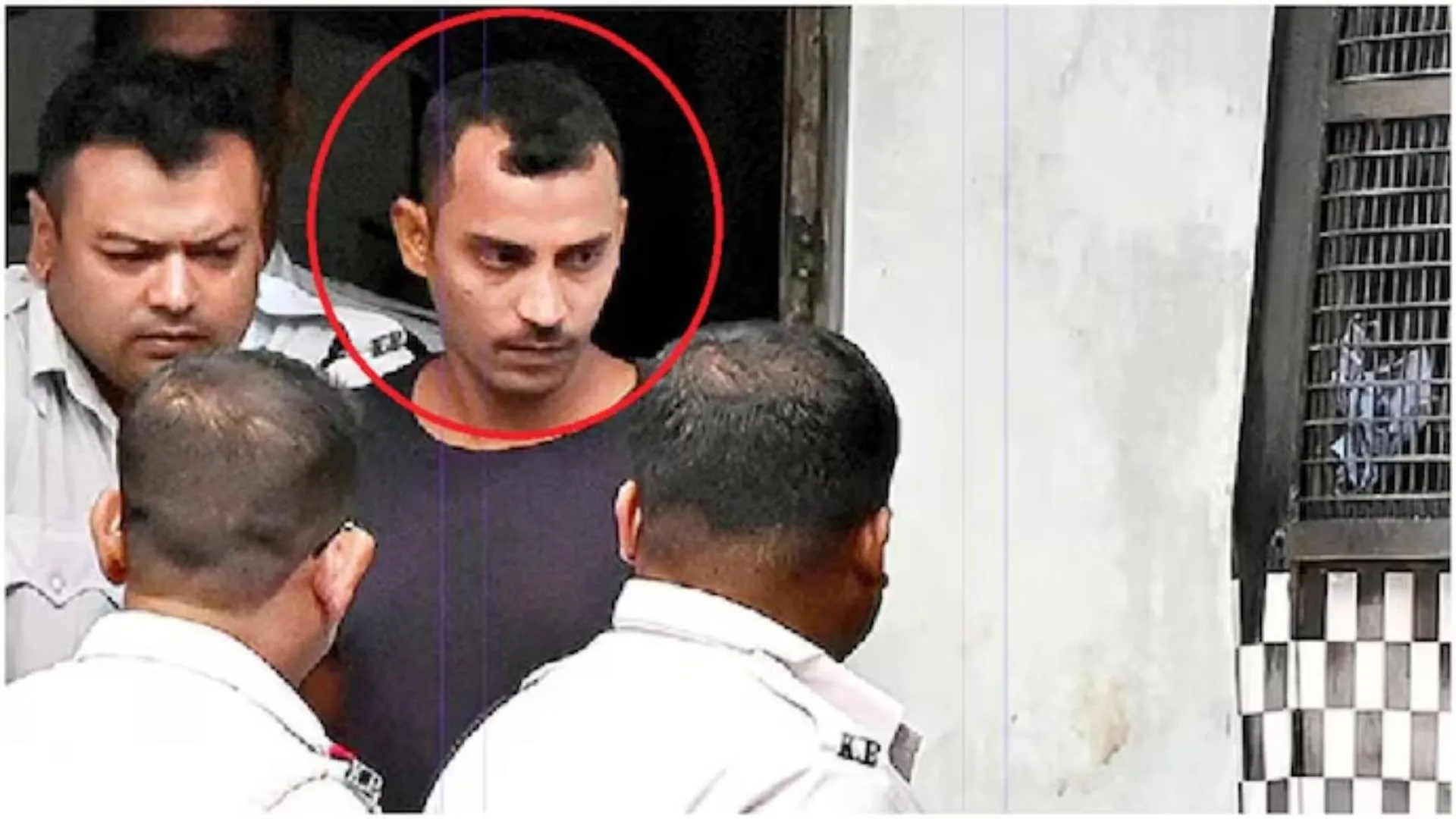In wake of the recent train accident at West Bengal’s Darjeeling district involving a passenger and a goods train, the government has stated that safety of passengers was its utmost priority and it has taken a series of step in the last few years to develop railway infrastructure, modernize the system and improve operational efficiency and safety. At least 10 people have died in the accident.
This is the second major train accident in the last one year. In June 2023, three trains collided in Balasore district in Odisha leading to the death of 280 people.
As per government sources, the railways has observed a steep decline in the number of consequential train accidents. In 2000-01, 473 accidents had taken place which went down to 40 in 2022-23.
Data shared by officials showed that from 2004 to 2014, the average number of consequential train accidents was 171 per annum, which significantly declined to 68 per annum during the period from 2014 to 2024.
Officials pointed out the establishment of the the Rashtriya Rail Sanraksha Kosh (RRSK) in 2017-18 with a substantial corpus of Rs. 1 lakh crore over five years. This fund was dedicated to the replacement, renewal, and upgradation of critical safety assets.
Similarly, in the realm of technology, the KAVACH system has been introduced for enhanced safety. Adopted as the National Automatic Train Protection (ATP) system, KAVACH ensured safer operations by automatically applying brakes when necessary, even in adverse weather conditions. By 2024, KAVACH had been implemented on 1,465 kilometers of track and 121 locomotives, safeguarding countless journeys.
Sources said due to the government’s vision to make railway train accidents free, by January 2019, all unmanned level crossings on Broad Gauge routes were eliminated.
To further enhance safety, 6586 stations had been provided with Electronic Interlocking (EI) by May 31, 2024. Additionally, Automatic Block Signalling (ABS) was implemented on 4111 RKm of High-Density Routes by Oct 2023. Safety at level crossing gates was addressed by interlocking 11137 gates with signals during the same time period.
Official records show that all locomotives are now equipped with Vigilance Control Devices (VCD) to ensure the alertness of loco pilots, and GPS-based Fog Safety Devices (FSD) have been installed in fog-affected areas.
In the field of track safety, advanced Track Recording Cars have been introduced which are faster and more reliable. Complete track circuiting has already been provided at 6609 stations by the end of May 2023. To verify track safety, ultrasonic testing of rails is being conducted to detect flaws.
In the field of bridge safety, a Bridge Management System (BMS), a web-based IT application, has been developed to provide 24×7 access to bridge information which helps in bridge inspection. Other measures, such as continuous water level monitoring, drone inspections, and 3D scanning of riverbeds, have been introduced.
To improve the safety of rolling stock, advanced technologies like the Online Monitoring of Rolling Stock System (OMRS) and Wheel Impact Load Detector (WILD) have been adopted for predictive maintenance. Radio Frequency Identification (RFID) tags are being fitted to rolling stock for automatic tracking.
The replacement of conventional ICF design coaches with LHB design coaches is ongoing at frantic pace, sources said.
The railway ministry is also investing significantly in installation of fire detection systems in AC coaches and fire extinguishers in non-AC coaches.
Details shared by officials comparing the safety performance parameters vis-à-vis 2004-14 and 2014-24 shows that the expenditure in safety related work has increased 2.5 times, from Rs. 70273 crore in 2004-14, to Rs. 1.78 lakh crore during 2014-24.
Similarly, track Renewal Expenditure increased 2.33 times, from Rs. 47018 crore in 2004-14 to Rs. 109659 crore during 2014-24. Expenditure on Level Crossing (LC) Elimination has increased 6.4 times, from Rs. 5726 crore 2004-14, to Rs. 36699 crore during 2014-24.
Construction of Road Over Bridges has increased 2.9 times, from 4148 during 2004-14 to 11945 during 2014-24. Also, the expenditure on Bridge Rehabilitation has increased 2 times, from Rs. 3919 crore during 2004-14 to Rs. 8008 crore during 2014-24.
Also, Electronic Interlocking (Stations) have increased 3.5 times, from 837 during 2004-14 to 2964 during 2014-24. Automatic Block Signalling has increased 1.67 times from 1486 km during 2004-14 to 2497 km during 2014-24.
Similarly, fog Pass Safety Devices have increased 219 times, from 90 as on March .14 to 19742 as on March 2024.
More importantly, manufacturing of LHB Coaches has increased 15.8 times, from 2337 during 2004-14 to 3,933 during 2014-24. The provision of Fire and Smoke Detection System in AC Coaches increased from 0 in 2014 to 19271 in 2024. Also, provision of Fire Extinguishers in Non-AC Coaches increased from 0 in 2014 to 66840 in 2024.
Sources pointed that weld Failures have reduced 87%, from 3699 in 2013-14 to 481 in 2023-24 while rail Fractures reduced by 85%, from 2548 in 2013-14 to 383 in 2023-24.

